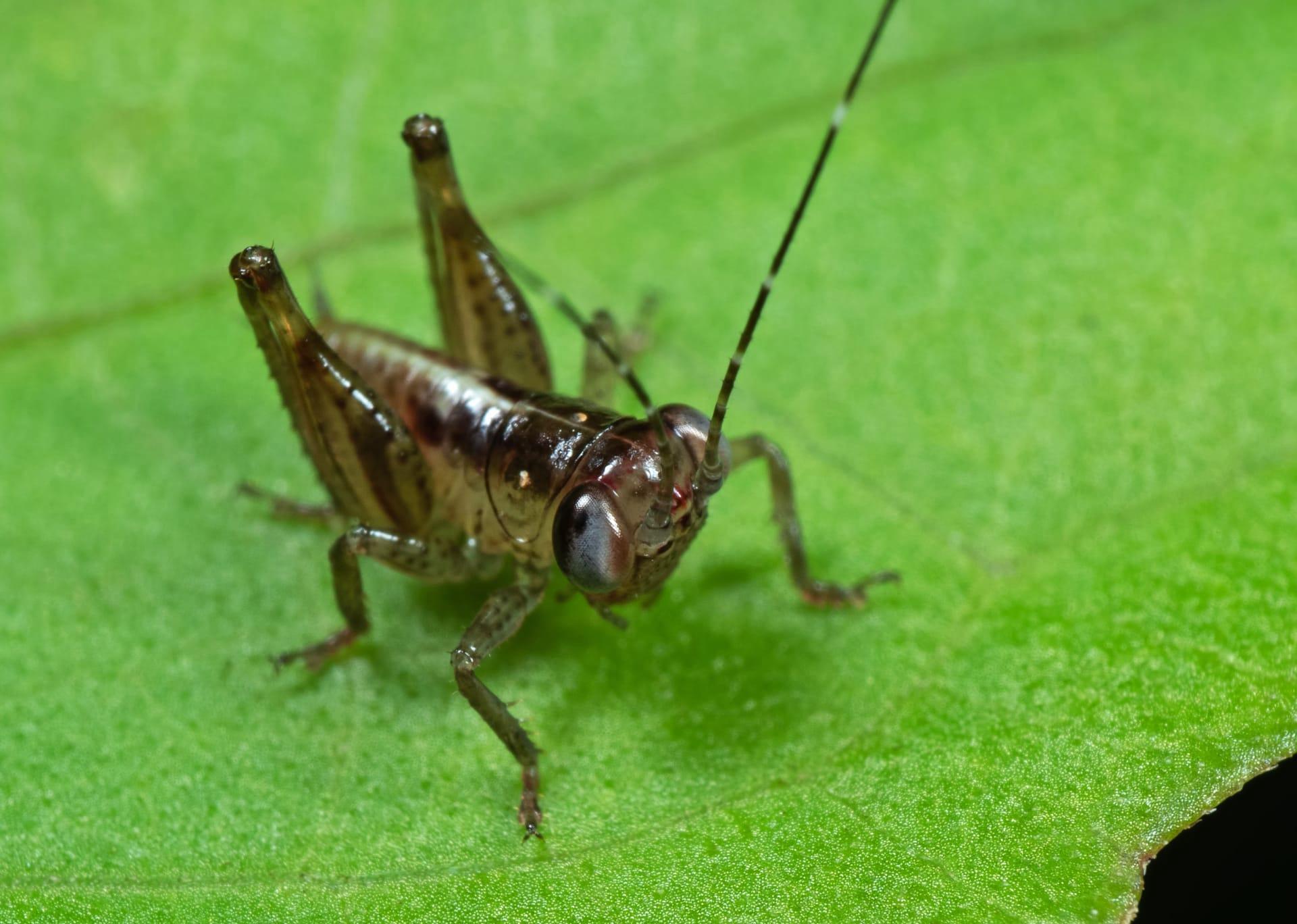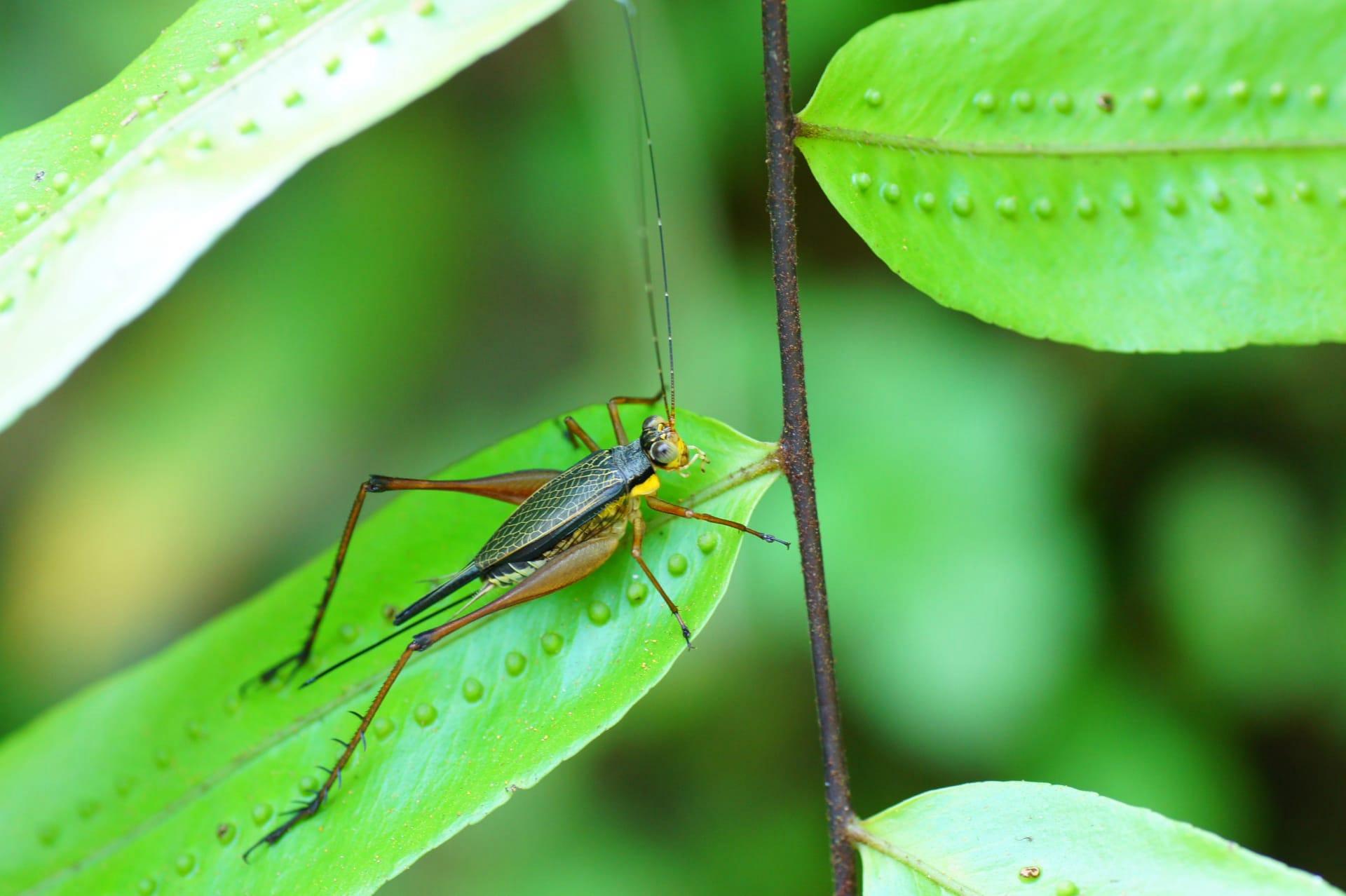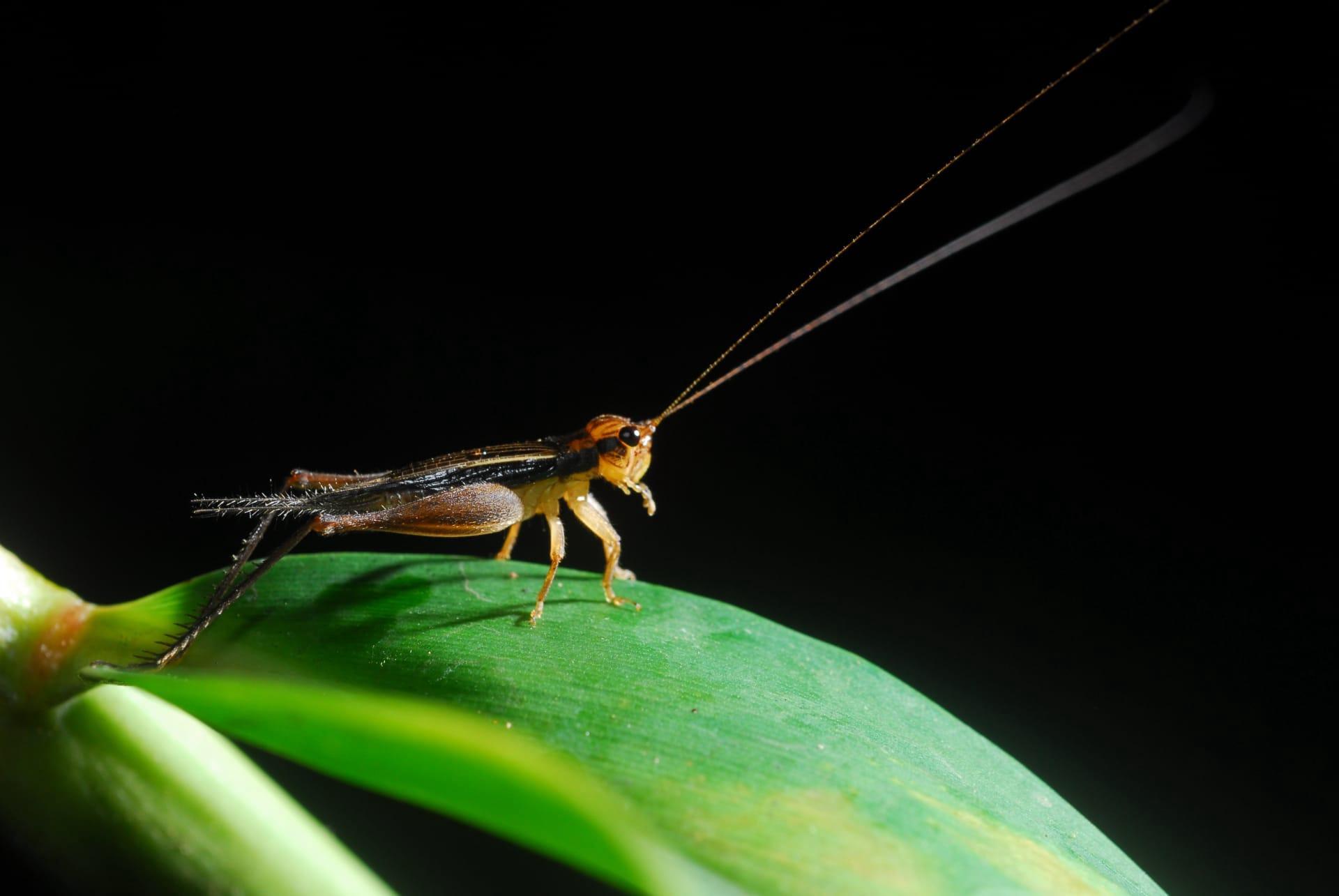Crickets Trivia
- Home /
- Trivia Question /
- Animal /
- Crickets Trivia
1
Question: How do crickets make their chirping sound?
Answer: Crickets produce their distinctive chirping by a process called stridulation. They have a specialized comb-like structure on their wings. By rubbing these structures together, they create vibrations that result in the chirping sound. The frequency of the chirping varies with temperature, and can range from 3 to 4 kHz.
Question: What is the lifespan of a cricket?
Answer: The average lifespan of a cricket in the wild is about 90 days. This can vary based on species and environmental conditions. In captivity, under ideal conditions, some cricket species can live slightly longer, but generally, their life cycle from egg to adult spans only a few months.

2
Question: Do all crickets chirp?
Answer: Contrary to popular belief, not all crickets chirp. Only male crickets chirp, and they do so for various reasons, including attracting females, repelling other males, or warning of danger. Females are silent and listen to the males' songs to choose a mate.
Question: Can you tell the temperature by a cricket's chirp?
Answer: Yes, you can estimate the temperature by counting a cricket's chirps. Dolbear's Law, formulated by Amos Dolbear in 1897, states that the number of chirps a cricket makes in 14 seconds, plus 40, will roughly equal the temperature in Fahrenheit. This method isn't precise but gives a good ballpark figure.

3
Question: What do crickets eat?
Answer: Crickets are omnivores and have a diverse diet. They primarily feed on plants, fruits, and seeds, but they also eat other insects, especially when protein is needed, such as during breeding. In captivity, crickets are often fed vegetables, fruits, and commercial cricket feed.
Question: Are crickets good for the environment?
Answer: Yes, crickets play a significant role in the ecosystem. They help in decomposing plant material and dead insects, thus contributing to nutrient cycling. They are also a food source for various animals, making them crucial in the food chain.

4
Question: Can crickets fly?
Answer: While most cricket species have wings, not all of them can fly. The ability to fly depends on the species and the length of their wings. Some have long wings and can fly quite well, while others have short wings and are incapable of flight.
Question: How do crickets hear?
Answer: Crickets do not have ears like humans. Instead, they 'hear' through organs called tympana, which are located on their front legs. These thin membranes vibrate in response to sound waves, allowing crickets to detect chirps of other crickets and other sounds in their environment.

5
Question: How do crickets adapt to different environments?
Answer: Crickets are adaptable insects and can be found in various environments, from forests to grasslands, and even in urban areas. They adapt by changing their diet, behavior, and breeding patterns according to the available resources and climatic conditions.
Question: Are crickets social or solitary creatures?
Answer: Crickets are generally solitary creatures, coming together only for mating purposes. However, in situations where resources are abundant, like in fields or gardens, you may find them in larger groups. These gatherings are not social but rather a result of resource availability.